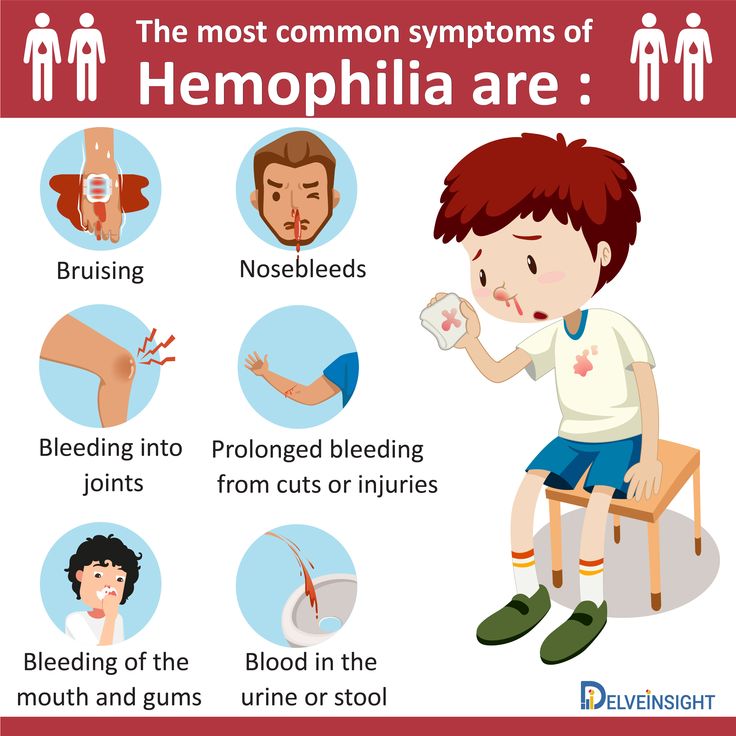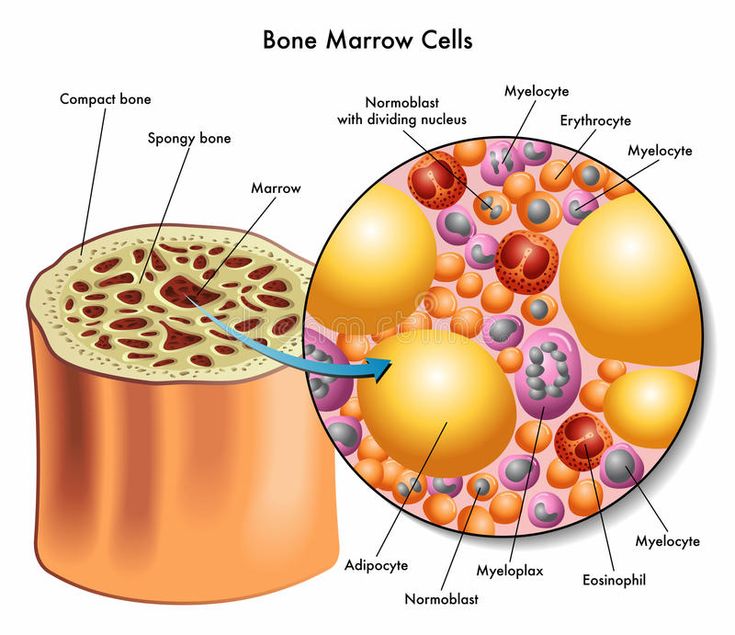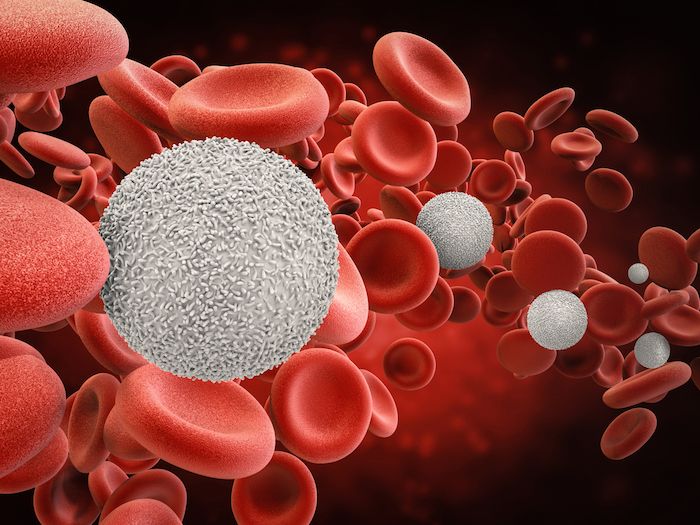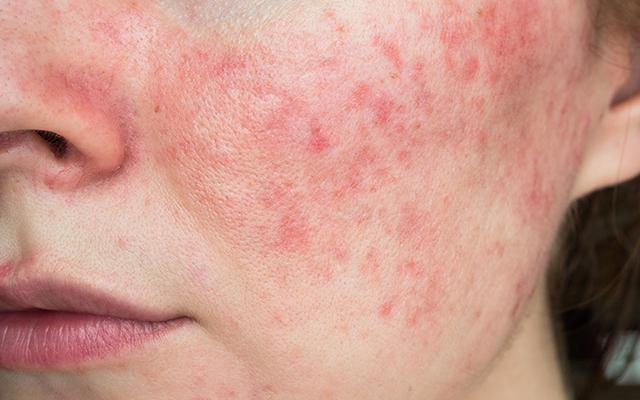
Hemophilia: Understanding the Genetic Disorder and Its Management
Hemophilia is a rare genetic disorder that affects the blood's ability to clot, leading to excessive bleeding. This blog will cover the types of hemophilia, its symptoms, diagnosis, and the manage...

The Role of Bone Marrow in Hematology
Bone marrow plays a crucial role in hematology as the primary site for new blood cell production, including red blood cells, white blood cells, and platelets. This post will explore the function o...

Leukemia: A Detailed Overview for Medical Students
Leukemia is a group of cancers that typically begin in the bone marrow and result in high numbers of abnormal white blood cells. This blog will provide an in-depth look at the types, symptoms, dia...

Understanding Anemia: Types, Causes, and Treatments
Anemia is a common yet complex condition characterized by a deficiency in red blood cells or hemoglobin, leading to reduced oxygen transport in the body. It is one of the key topics in clinical he...

Dermatological Emergencies: Recognition and Response
Dermatological emergencies are severe skin conditions requiring immediate medical attention. Recognizing and responding to these emergencies is crucial for healthcare professionals. Common Dermato...

Acne Vulgaris: Causes, Treatment, and Management
Acne vulgaris is a common skin condition affecting many adolescents and adults. It involves the hair follicles and sebaceous glands and can significantly impact quality of life. Causes Overproduc...

